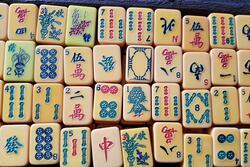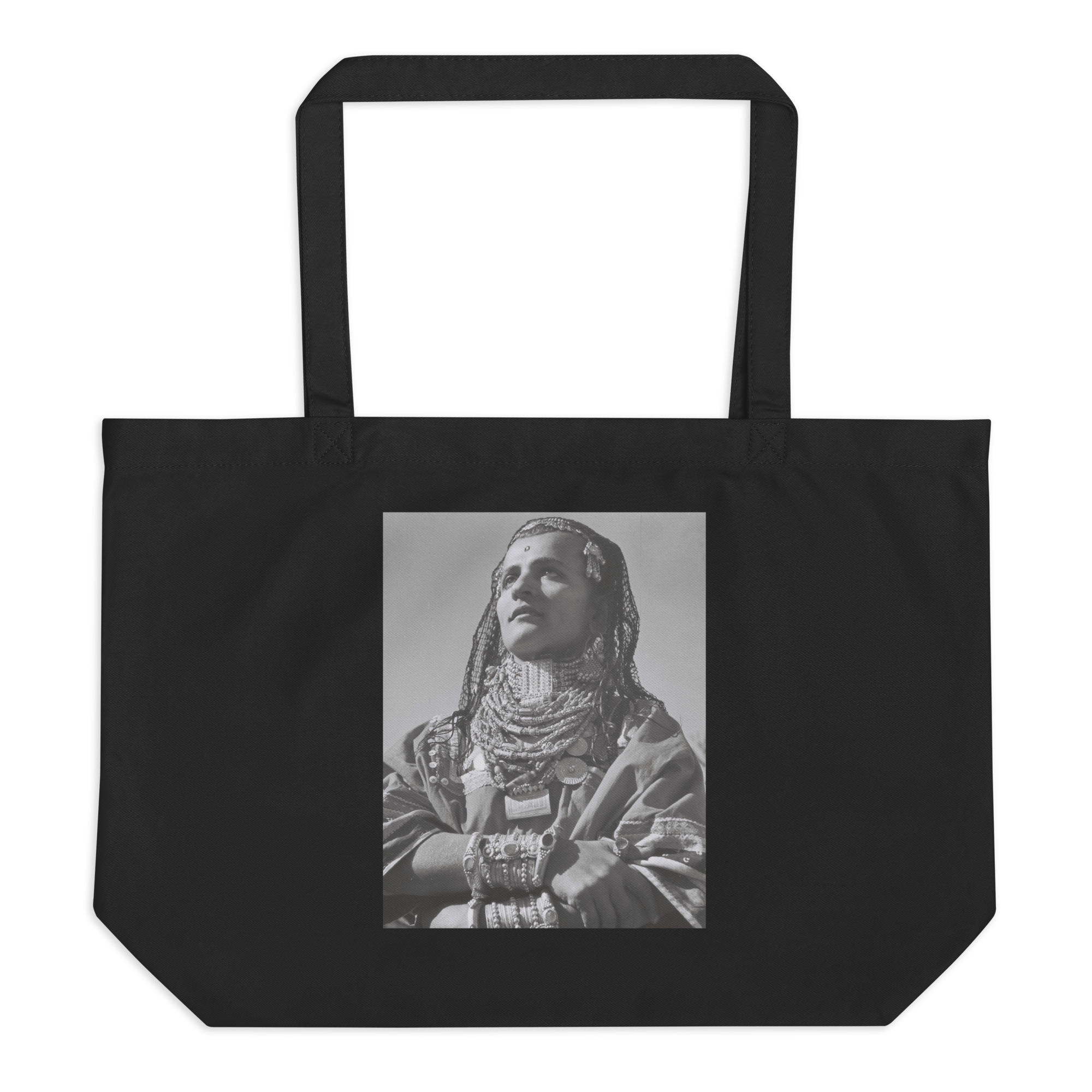Chava Slucka-Kesten
Chava Slucka-Kesten started teaching in Warsaw before World War II and continued her career through the war in Moscow. After the war she became an author and sustained her political involvement. Writing from the perspective of a politically engaged woman, Slucka-Kesten offers a unique glimpse into pre- and post-war Jewish life in Poland’s cities and villages, as well as into the early years of the State of Israel.
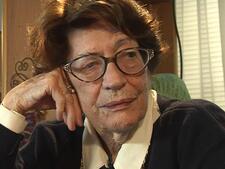
Michal Smoira-Cohn
Stacey Snider
At the age of 26, film executive Stacey Snider was already a director of development at Guber-Peters Co. at Warner Brothers. In 1992, Snider became the highest-ranking female executive at a Hollywood studio when she was named President of Production at Tri Star; later, as the CEO of Universal Pictures, Snider led the company as it achieved unprecedented success in the industry.
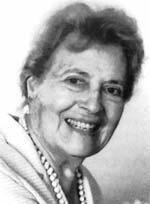
Virginia Snitow
Virginia Levitt Snitow was a multifaceted woman who was a teacher, political activist, pre-Second Wave feminist, poet, writer and founder of US/Israel Women to Women. Ahead of her time in the fight for both civil and women’s rights, Snitow was unafraid to take unpopular stances when fighting for others.
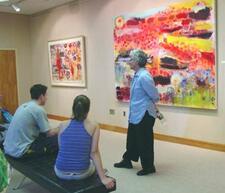
Joan Snyder
Joan Snyder is an accomplished painter whose works are strongly associated with the 1970s feminist movement and deal with topics such as nature and fertility, AIDS, the exploitation of women and children, and her own Jewish heritage and the Holocaust. Her paintings have received awards and are included in the permanent collections of many museums.
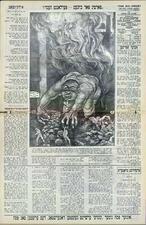
Socialism in the United States
Sociodemography
Over the last several decades, Jewish women attained significant achievement in the socio-economic sphere and played a leading role in maintaining Jewish continuity. In general, Jewish women are educated and participate in the labor force at higher rates than their non-Jewish counterparts.
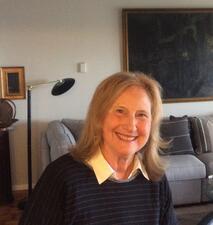
Sociology in the United States
Jews have made a disproportionate contribution to the field of sociology, despite discrimination and exclusion. Because sociologists are not identified by religion, it is difficult to know which American women sociologists are Jewish. Therefore, the first challenge in understanding the contribution and experience of American Jewish women sociologists is to identify them.
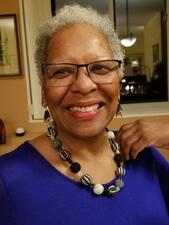
Sabrina Sojourner
Hazzan Sabrina Sojourner is a seasoned cantor whose spoken word midrashim create a larger vision of who we are as a people, inspiring us to take better care of ourselves, each other, and our planet.
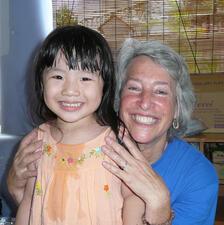
Karen Sokal-Gutierrez
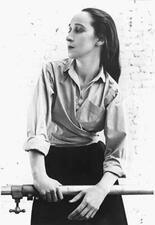
Anna Sokolow
Anna Sokolow (1910-2000), an American dancer and choreographer of Russian-Jewish descent, danced with the early Martha Graham Company and created many international dance-theater works of social and political significance.
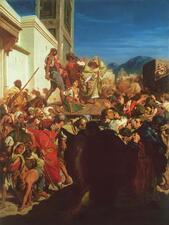
Sol Hachuel
Sol Hachuel, or as she is also known Lalla Soulika or Sol ha-tsaddeqet, was a Moroccan Jewish martyr from the first half of the nineteenth century. Hachuel was born in Tangier and beheaded in Fez at the age of sixteen or seventeen. Her story has inspired countless versions among North African Jews and Muslims as well as Europeans, and her tomb remains a prominent pilgrimage site in Morocco.
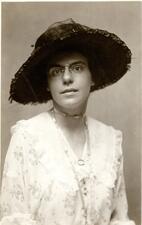
Emily Solis-Cohen
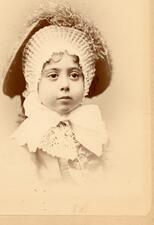
Judith Solis-Cohen

Rebecca Solnit
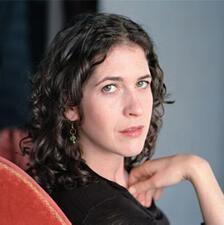
Anna Solomon
Barbara Miller Solomon
Barbara Miller Solomon was not only an educator but a pioneer in the field of women's history. Named the first female dean of Harvard College in 1970, she laid the groundwork for the formal establishment women’s studies there. Her scholarship on the history of immigration and women's history remains influential today.
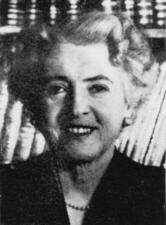
Bertha Solomon
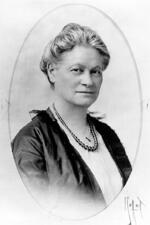
Hannah Greenebaum Solomon
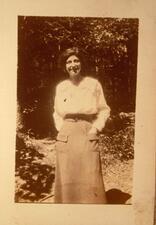
Maida Herman Solomon
Professor of social economy Maida Solomon was recognized as a pioneer in the field, contributing to the “invention” of the field of psychiatric social work and overseeing its definition, its development of standards, and its integration with the other institutions of modern American medicine and education—in short, its professionalism.
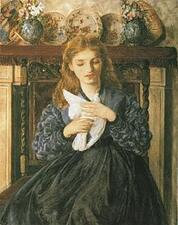
Rebecca Solomon
Rebecca Solomon’s success as a professional artist was remarkable in the mid-nineteenth century, a time when women artists were the exception rather than the rule. While her artistic style conformed to the most popular art of the time, she used her visual images to critique ethnic, gender, and class prejudice in Victorian England.
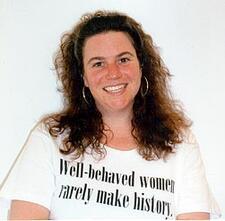
Rivka Solomon
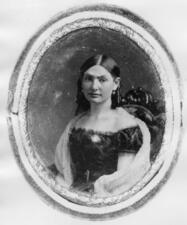
Hannah Marks Solomons
Hannah Marks Solomons was an influential San Francisco educator and civic worker, as well as the wife of a leading member of the Jewish community.
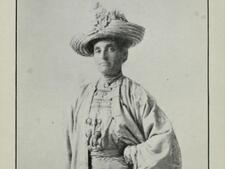
Selina Solomons
Selina Solomons was a turn-of-the-twentieth-century activist and writer, best known for her leadership role in the 1911 suffrage campaign that granted California women the right to vote. Solomons belonged to a prominent Jewish American family and spent her life in the San Francisco Bay Area. She employed multiple genres in advocacy of women’s rights, including speeches, poetry, drama, short fiction, and a manual-cum-suffrage history titled How We Won the Vote in California.
Solomon’s Judgment: Bible
In this story, King Solomon is asked to consider the case of two women who gave birth to sons but, due to the death of one of their children, are fighting over the remaining child. While the story is generally cited as an example of Solomon’s wisdom, this narrative also shows the possessiveness of maternal love.

